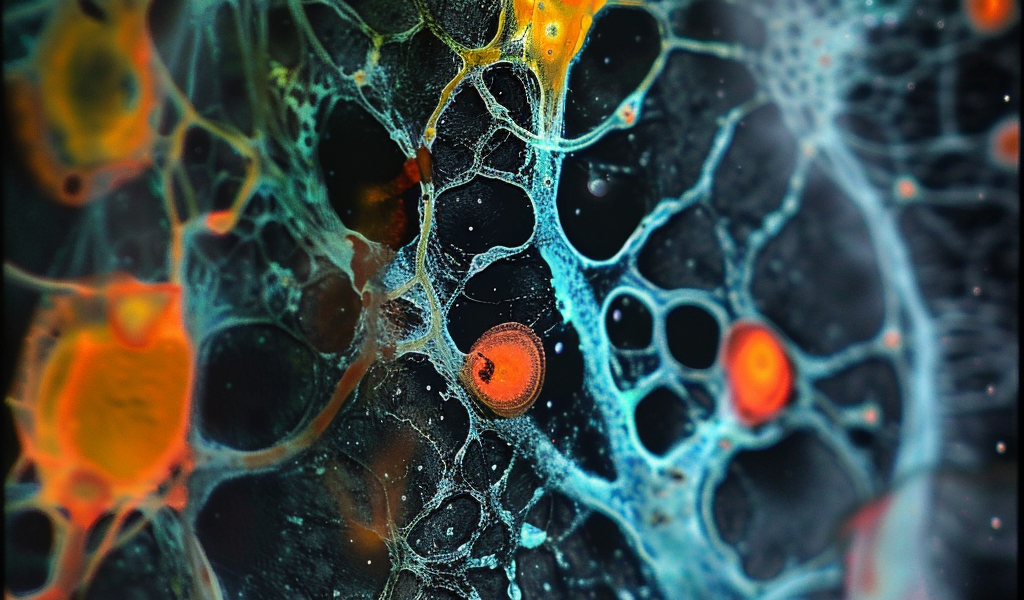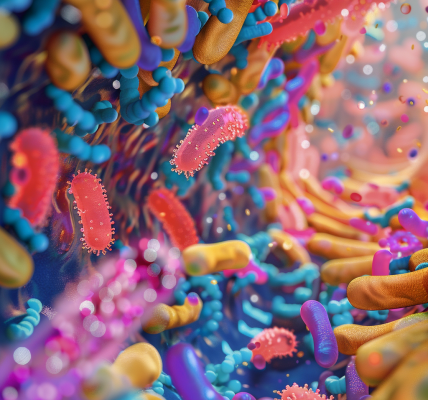Wednesday, April 10, 2024
AI Makes Retinal Imaging 100 Times Faster, Compared to Manual Method
Researchers at the National Institutes of Health have successfully applied artificial intelligence (AI) to a technique that produces high-resolution images of cells in the eye. The use of AI has resulted in imaging that is 100 times faster and has improved image contrast 3.5-fold, marking a significant advancement in the field. This development is expected to provide researchers with a more effective tool for evaluating age-related macular degeneration (AMD) and other retinal diseases.
Dr. Johnny Tam, who leads the Clinical and Translational Imaging Section at NIH’s National Eye Institute, explained that artificial intelligence has overcome a key limitation of imaging cells in the retina, which is time. The technology called adaptive optics (AO) is being developed to improve imaging devices based on optical coherence tomography (OCT). This advancement allows for the revelation of 3D retinal structures at cellular-scale resolution, enabling researchers to zoom in on very early signs of retinal diseases.
While the addition of AO to OCT provides a much better view of cells, processing AO-OCT images after they’ve been captured takes much longer than OCT without AO. Dr. Tam’s latest work targets the retinal pigment epithelium (RPE), a layer of tissue behind the light-sensing retina that supports the metabolically active retinal neurons, including the photoreceptors. The retina lines the back of the eye and captures, processes, and converts the light that enters the front of the eye into signals that it then transmits through the optic nerve to the brain. Scientists are interested in the RPE because many diseases of the retina occur when the RPE breaks down.
Imaging RPE cells with AO-OCT comes with new challenges, including a phenomenon called speckle which interferes with AO-OCT the way clouds interfere with aerial photography. Managing speckle is somewhat similar to managing cloud cover, requiring researchers to repeatedly image cells over a long period of time to obtain clear images.
This breakthrough in retinal imaging is a significant step forward in the study and diagnosis of retinal diseases, and it presents promising prospects for the future of ophthalmic research and treatment.





